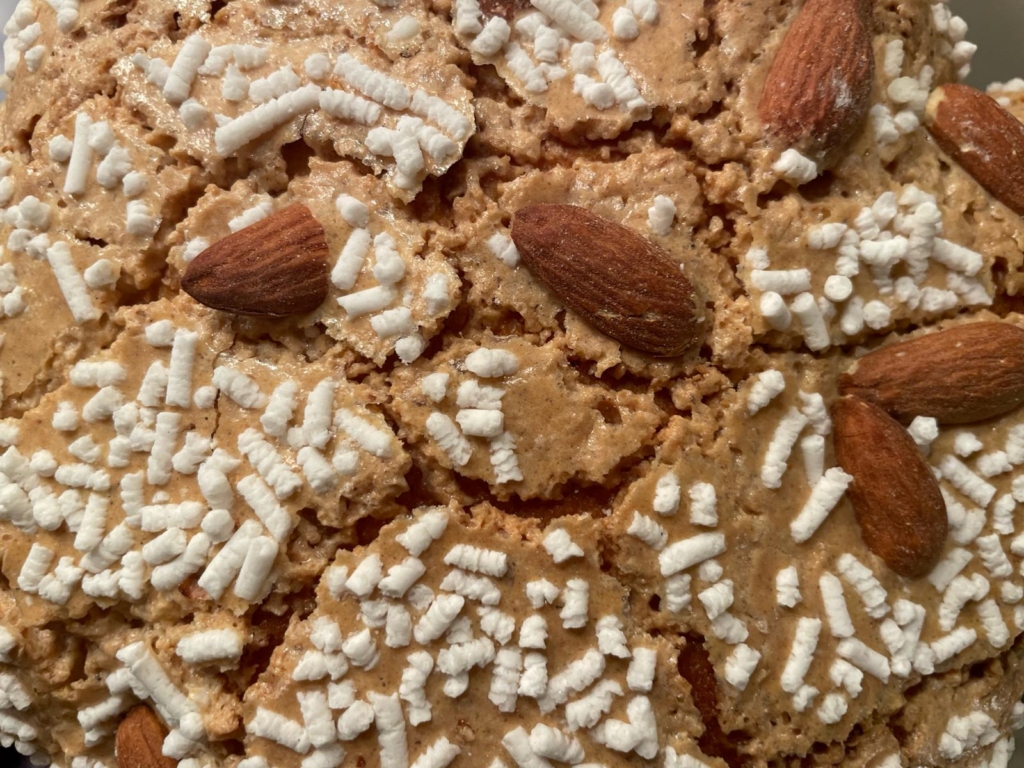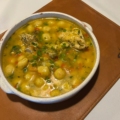There is no Easter without Colomba. Period. This perfect Italian cake, with its characteristic shape, covered with almonds and sugar, has crossed borders. It is known and enjoyed all over the world: the famous Italian company Motta introduced it to the international market in the 1930s, with remarkable success.
The dough is very similar to that of another famous Italian pastry: the magnificent panettone. But in order to be a true Colomba, this cake must meet certain requirements – specifically, article 3 of the Ministerial Decree of the Ministry of Productive Activities of July 22, 2005.
But this “pigeon” (that’s what Colomba means) is not a relatively recent invention. Its origins are much more noble – and ancient. Sources point to at least two legends. The first refers to the famous Irish missionary who, in the seventh century, evangelized half of Europe, including northern Italy: the famous St. Columbanus, founder of the Abbey of Bobbio, in Piacenza. He is credited with the conversion of the Lombard king Agilulf. Allegedly, the Easter “dove” has to do with their meeting.
According to hagiography, Agilulf, still ignorant of Christian customs, wanted to honor Columbanus. The Lombard king offered him and his companions a banquet of fine game – but the Christians were fasting. Not wanting to offend the sovereign, Columbanus said grace and blessed the meal, which miraculously turned into sweet bread in the shape of a dove.
Celtic Christian History: Saints, Monasteries, and Pilgrimages
The second legend relates to the Battle of Legnano, which took place in 1176. The battle pitted the Guelphs against the Ghibellines. In other words, the Lombard League, supporters of the Pope, faced the Emperor Frederick Barbarossa.
The members of the league were not sure if they would win the battle or not. That is, until one of their leaders saw two pigeons perched on their banner. He immediately had sweet bread in the shape of pigeons prepared for his men to convince them of imminent victory. And they did win.
These legends may have inspired the famous Italian advertising designer Dino Villani. Working for Motta, he created a cake for the 1934 spring season, recycling panettone ingredients and giving it its peculiar pigeon shape. Italy owes him the Colomba – and the Miss Italy contest. The initiative was successful, and the dove became a must-have Easter delicacy.






